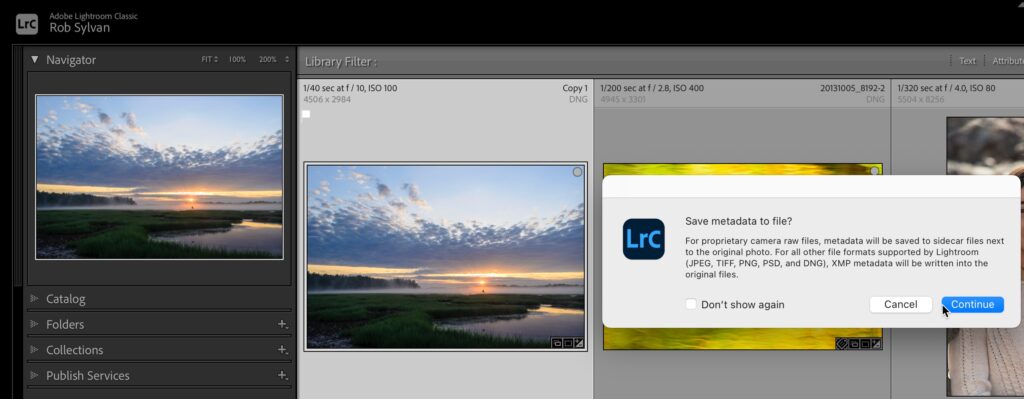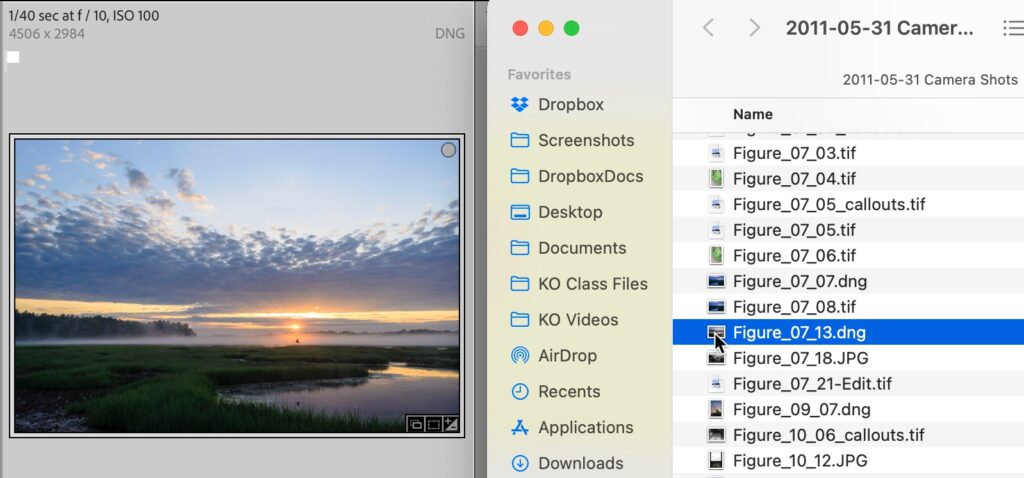Along with the new features I covered for Lightroom Classic (LrC), Lightroom (Lr), and Camera Raw (ACR) last week there is one additional feature that came to Camera Raw that is not yet in Lightroom Classic or Lightroom. We can now adjust contrast, tone, and color using Curves in a mask within Camera Raw. Adobe says this feature is coming to Lightroom Classic and Lightroom, but for now you’ve got to use Camera Raw if you want to try it out. So, let’s look at a few ways a Lightroom Classic user can edit a photo using the Camera Raw plugin for Photoshop.
Open Directly in Camera Raw
The most obvious way to do this is simply open a raw photo from Bridge into Camera Raw or use the File > Open menu in Photoshop to do the same. However, as a Lightroom Classic user you may not be used to navigating through Bridge or your operating system’s file browser to find where a given photo is stored to open it into ACR. Additionally, you may have made some edits in LrC that you want to keep and bring into ACR, and once the edits are done you probably want all of the edits back in LrC. So here’s a bit of a non-typical workflow that will keep your LrC edits with the source raw photo, allow you to play with Curves in Masking in ACR, and then have all new edits show up in LrC when you are done.
Starting and Ending in LrC
OK, let’s say we have a raw photo in a collection in LrC (which can make it harder to know where it is stored on drive), and we’ve done some basic edits, flag state and other metadata in LrC that we want to retain.
Step One: Select the photo in the Library module and go to Metadata > Save Metadata to File. You can also press CMD+S (PC: Ctrl+S) to do the same. You may see a warning prompt designed to inform you about what will happen and allow you to cancel if you did it by accident. Click Continue to well, continue.

Step Two: Press CMD+R (PC: Ctrl+R) to open your operating system’s file browser (Finder or Explorer) with that photo already selected. This is just a fast way to find that photo so it can be opened directly into ACR.

Because we wrote from LrC to the photos metadata, any edits you made in LrC should be visible and editable in ACR.
Step Four: Click the Masking icon to open into masking and use whatever tools you desire to make your mask so that you can make adjustments to that mask using Curves. In this example, I’ll start with Select Sky to make my first mask and expand the Curves panel.
Step Five: To finish in ACR without opening in Photoshop, click the Done button. This will write all edits to the photos XMP metadata and close ACR.
The post Using Curves in Camera Raw Masking from LrC appeared first on Lightroom Killer Tips.